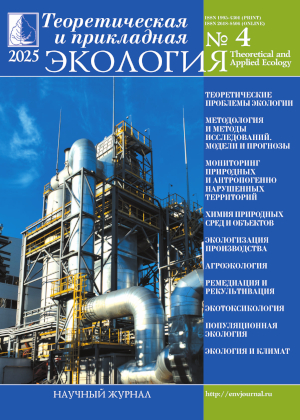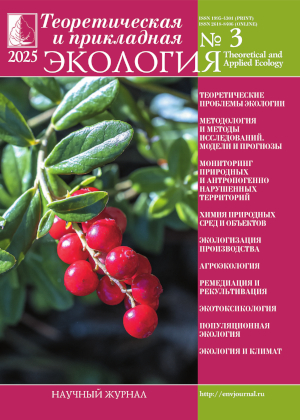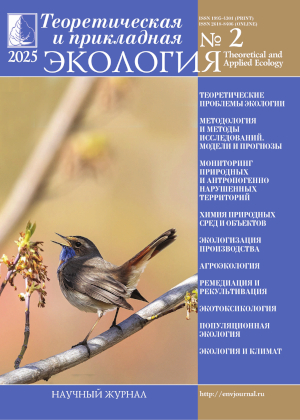 ISSN 1995-4301
ISSN 1995-4301(Print)
ISSN 2618-8406
(Online)
Online version of the journal
|
Electrochemical methods for the determination of ascorbic acid in biologically active additives |
||||
| A.I. Fokina, E.G. Fominykh, K.I. Yuzhanin | ||||
| Section: Methodology and research methods. Models and forecasts |
||||
| One of the negative consequences of the impact of adverse environmental factors on on a humans is the development of oxidative stress in the body, which causes deviations in the state of human health. An important role in the fight against oxidative processes is played by antioxidants, including ascorbic acid (AA). Along with food, biologically active additives (BAA) can be an additional source of AA intake into the body. The correct assessment of the АА content in pharmaceutical preparations helps to solve an important problem of food ecology – the balanced use of vitamin C. Therefore, the development of new and improvement of existing methods of analysis for determining the content of AA in various objects remains an urgent task. The use of instrumental methods for fixing the end point of the titration increases the accuracy of the analysis. Simple and economical electrochemical methods such as potentiometry and coulometry can be used to implement the iodometric titration method. Despite all the advantages of coulometric and potentiometric methods of analysis and their widest distribution in various fields of science and technology, there are no data in the literature on the possibility of implementing the coulometric determination of АА with potentiometric indication and direct potentiometric titration, which are based on the reaction with iodine. As a result of the study, it was found that in the determination of AA by both methods, well-repeated results were obtained (the relative standard deviation does not exceed 2.0%), the dependence of the analytical signal on the sample mass (in the range of 80–120% to standard weight 0,1 or 0,2 g depending on the method) is linear with R not less than 0.99, and the results obtained by the “introduced-found’’ method satisfy the requirement of correctness. | ||||
| Keywords: ascorbic acid, glucose, rutin, coulometry, potentiometry, determination |
||||
| Link | ||||
| Article published in number 3 for 2022 DOI: 10.25750/1995-4301-2022-3-034-040 |
||||
|
|
36, Moskovskya street, Kirov, 610000, Editorial Board "Theoretical and Applied Ecology." Phone/fax: (8332) 37-02-77 e-mail: envjournal@vyatsu.ru The journal was founded in 2007 |
||||||




 Select viewing options
Select viewing options